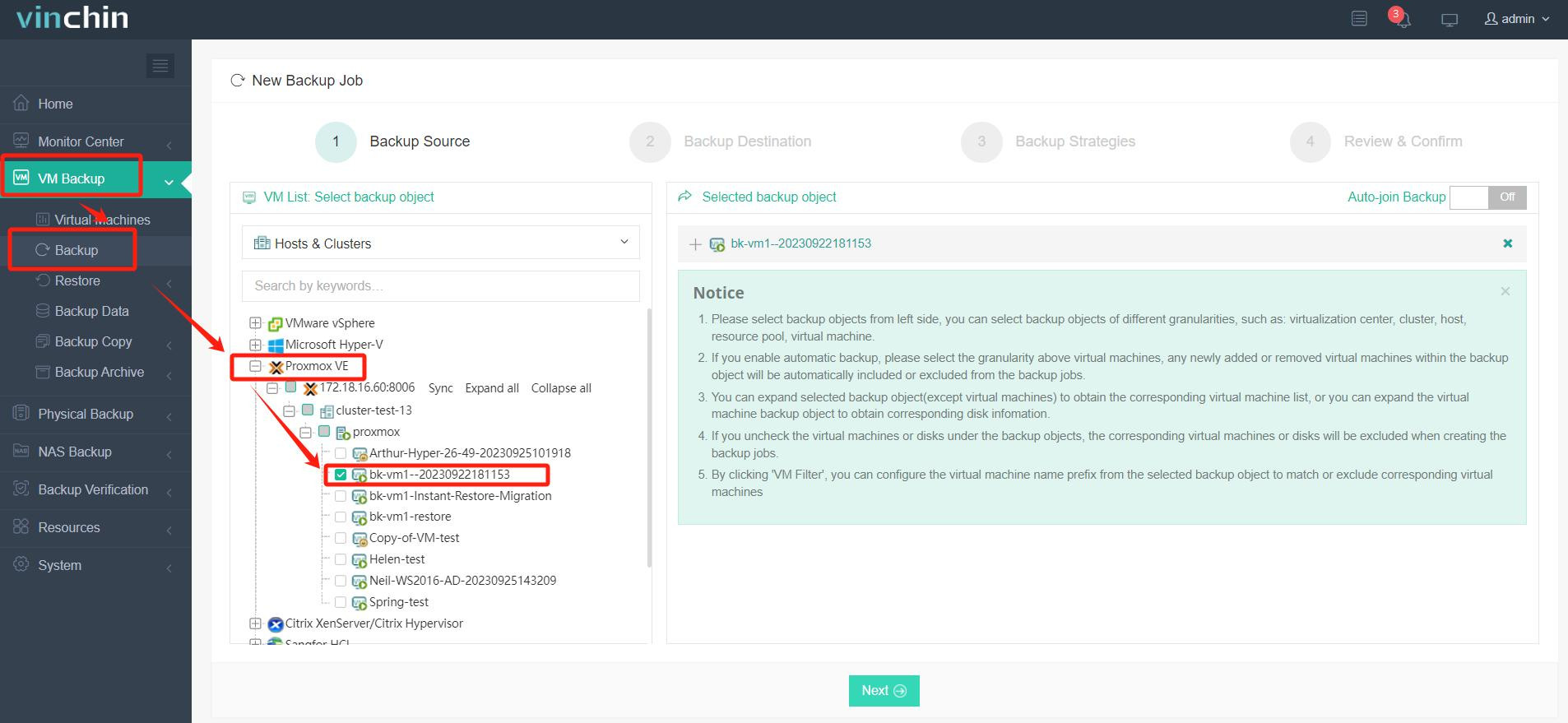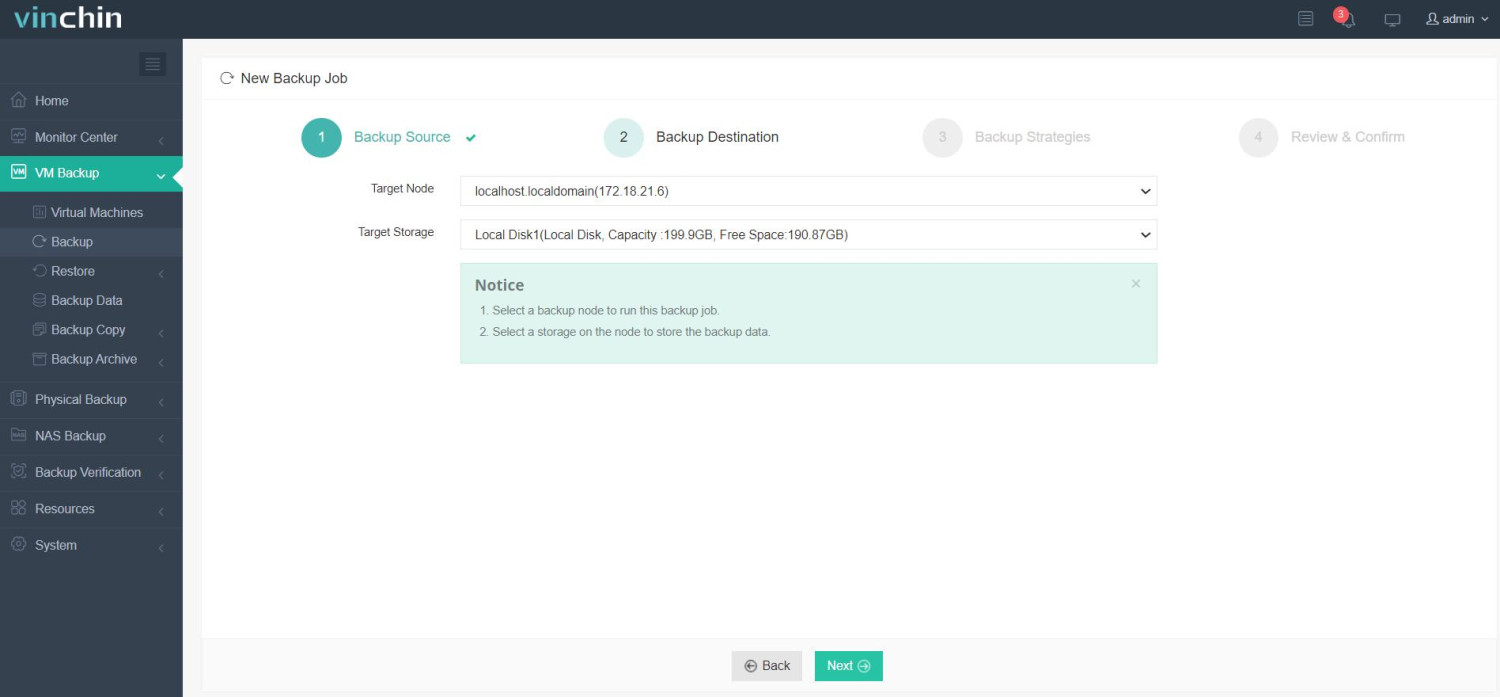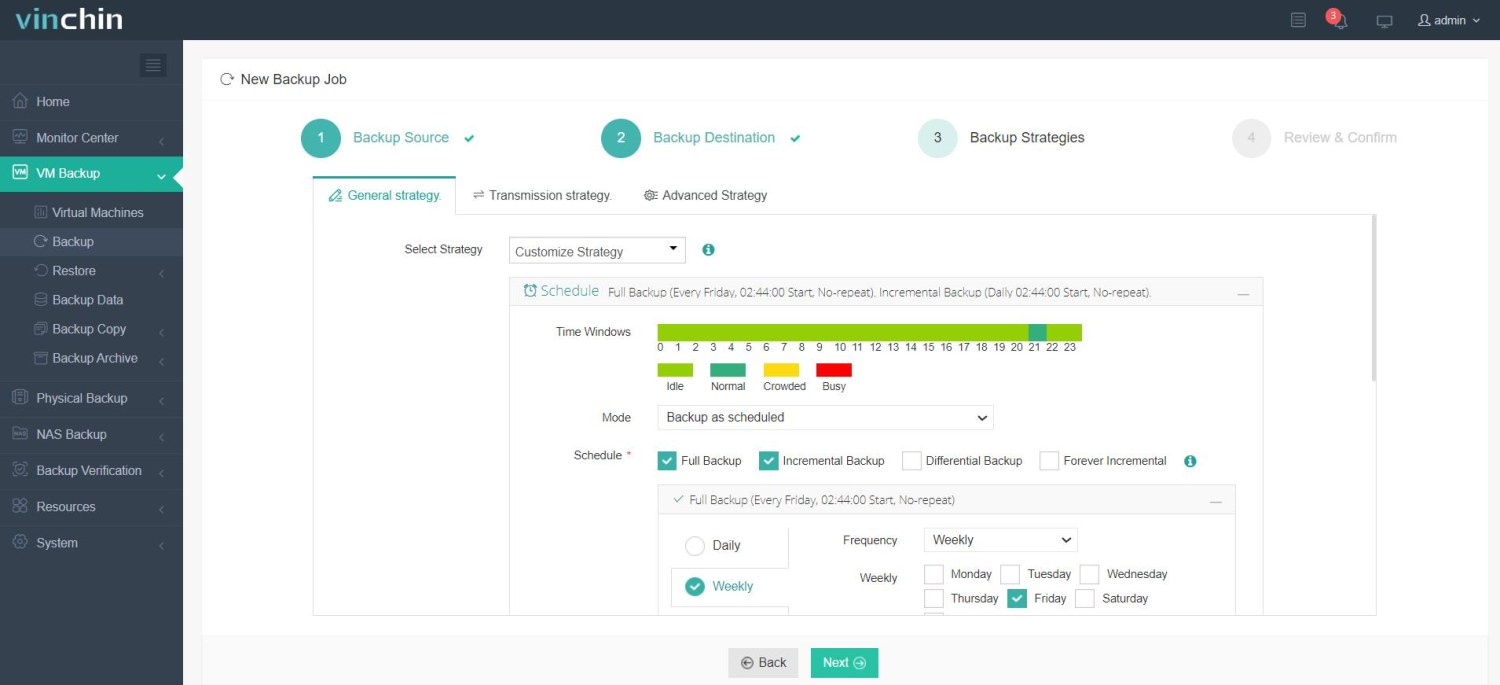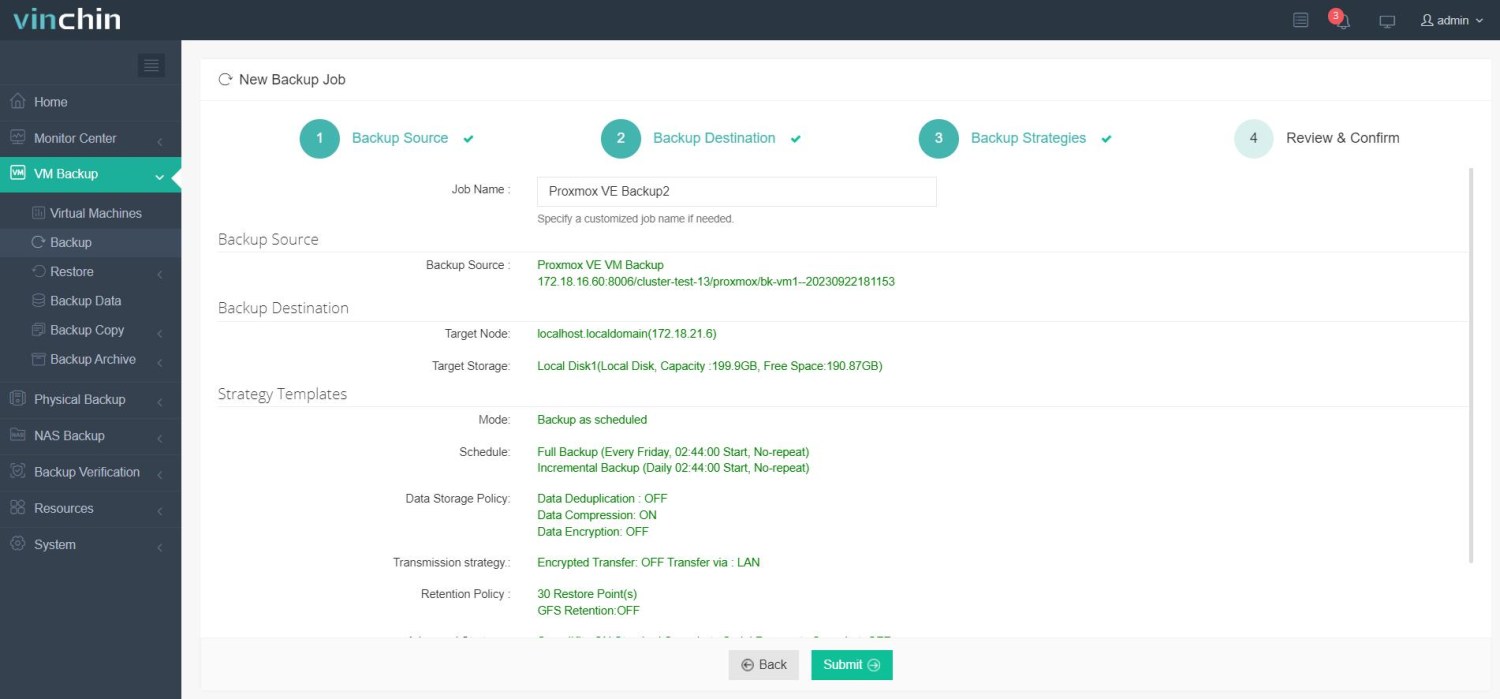-
What is vzdump?
-
Key points about vzdump
-
How to backup Proxmox VM with vzdump command?
-
Other commonly used commands for working with the vzdump utility
-
Simplify your Proxmox VE VM protection
-
Proxmox vzdump FAQs
-
Conclusion
Proxmox VE is an open-source virtualization management platform that combines two virtualization technologies: KVM for virtual machines and LXC for lightweight container-based virtualization. Proxmox VE allows users to manage virtual machines, containers, storage, and network resources through a web-based interface. Among them, the vzdump tool, as one of the core components of Proxmox VE, provides powerful support for the backup and restoration of virtual machines and containers.
What is vzdump?
vzdump is a command-line utility in Proxmox VE for creating backups of VMs and containers. It allows you to create full backups of containers, including their configuration, data, and metadata. These backups can be used for disaster recovery, migrating containers between Proxmox nodes, or cloning containers for testing and development purposes. It is a powerful tool that simplifies the process of backing up and restoring containers and VMs, making it an essential component for maintaining data integrity and ensuring system reliability.
Key points about vzdump
Backup Creation: vzdump is used to create backups of containers and VMs. It can perform full or incremental backups based on your configuration.
Backup Formats: vzdump offers flexible backup formats to suit your needs. The default tar format creates a compressed tar archive containing all the necessary files for restoring your containers. This format is widely supported and ensures compatibility across different systems. Alternatively, you can choose the LZO format, which provides faster backup and restore times, ideal for large-scale deployments.
Configuration Options: Users can configure various options for vzdump through the Proxmox web interface or by directly editing the configuration file. Configuration options include backup storage location, compression method, backup rotation settings, and more.
Scheduled Backups: vzdump can be integrated into scheduled backup routines, allowing users to automate the backup process. Scheduled backups are particularly useful for ensuring regular and consistent data protection.
Restore Functionality: vzdump also provides a restore mechanism to recover from previously created backups. Restoration can be done through the Proxmox web interface or using the command line.
Proxmox Backup Server Integration: Proxmox Backup Server is a new backup solution based on the open-source backup tool "Bacula." It provides a centralized backup server for storing backups from multiple Proxmox VE nodes. vzdump can be configured to store backups on a Proxmox Backup Server.
How to backup Proxmox VM with vzdump command?
The command to initiate a Proxmox VM backup is vzdump <vmid> which creates a backup of a specific virtual machine or container. You need to specify the VM or container ID or name as an argument.
There is an example:
vzdump 100
It will create the backup of VM whose VMID is 100.
Other commonly used commands for working with the vzdump utility
1. vzdump -all
This command initiates the backup process for all running virtual machines and containers, creating individual backup files for each.
2. vzdump -bwlimit
This is used to set a limit on the I/O bandwidth (in kilobytes per second) during the backup process. For example:
vzdump <vmid> -bwlimit 1024
This example sets the I/O bandwidth limit to 1024 kilobytes per second for the backup of the specified virtual machine.
3. vzdump -compress
This is used to specify the compression method for the backup files created during the backup process. Here’s an explanation of the relevant option:
Option: -compress <0 | 1 | gzip | lzo | zstd>
0: No compression.
1: Use the default compression method.
gzip: Use gzip compression.
lzo: Use lzo compression.
zstd: Use zstd compression.
4. vzdump -mode
This is used to specify the backup mode for the backup process. Here’s an explanation of the relevant option:
Option: -mode <snapshot | stop | suspend>
snapshot: Create a backup using a snapshot of the virtual machine or container. This is the default mode.
stop: Stop the virtual machine or container, create a backup, and then restart it.
suspend: Suspend the virtual machine or container, create a backup, and then resume it.
Simplify your Proxmox VE VM protection
For those who want to further expand their backup capabilities and meet more complex needs, Vinchin Backup & Recovery is recommended for backing up Proxmox VE virtual machines. Vinchin Backup & Recovery is a professional solution for virtual machine backup and recovery that provides comprehensive data protection solutions for virtualized environments. It is a robust Proxmox VE environment protection solution, which provides advanced backup features, including automatic VM backup, agentless backup, LAN/LAN-Free backup, offsite copy, instant recovery, effective data reduction, cloud archive and etc., strictly following 3-2-1 golden backup architecture to comprehensively secure your data security and integrity in Proxmox VE beyond replication.
Besides, data encryption and anti-ransomware protection offer you dual insurance to protect your Proxmox VE VM backups. You can also simply migrate data from a Proxmox host to another virtual platform and vice versa.
It only takes 4 steps for you to backup Proxmox VE VMs:
1. Select the backup object.

2. Select backup destination.

3. Select backup strategies.

4. Review and submit the job.

Vinchin Backup & Recovery has been chosen by thousands of companies worldwide. You can start leveraging this powerful system with a 60-day full-featured trial! Share your specific Proxmox VE environment needs with us, and we will provide a custom solution that fits seamlessly with your IT infrastructure.
Proxmox vzdump FAQs
1.Q: Is it possible to keep VMs/containers running during backup?
A: Yes, vzdump will by default pause the virtual machine or container, create a backup, and then restore its state. However, it is also possible to keep the virtual machine or container running during the backup using the option --suspend 0.
2.Q: Is it possible to back up only certain disks of a virtual machine?
A: Yes, you can exclude disks you don’t want to back up using vzdump -mode stop -exclude-disk <disk_id>.
3.Q: Can backup files be restored across different Proxmox nodes?
A: In general, backup files are to specific Proxmox nodes. If you need to restore on a different node, you may need to transfer the backup files to the target node and ensure that the corresponding virtual machine or container configuration is available on the target node.
Conclusion
Proxmox vzdump is a powerful tool that enhances your Proxmox VE backup strategy of your virtual machines and containers. It offers flexibility in backup types, formats, and storage locations, along with scheduled backup capabilities and easy restore options. By utilizing vzdump, you can ensure the safety and availability of your virtual infrastructure in case of data loss or system failures.
Share on:








